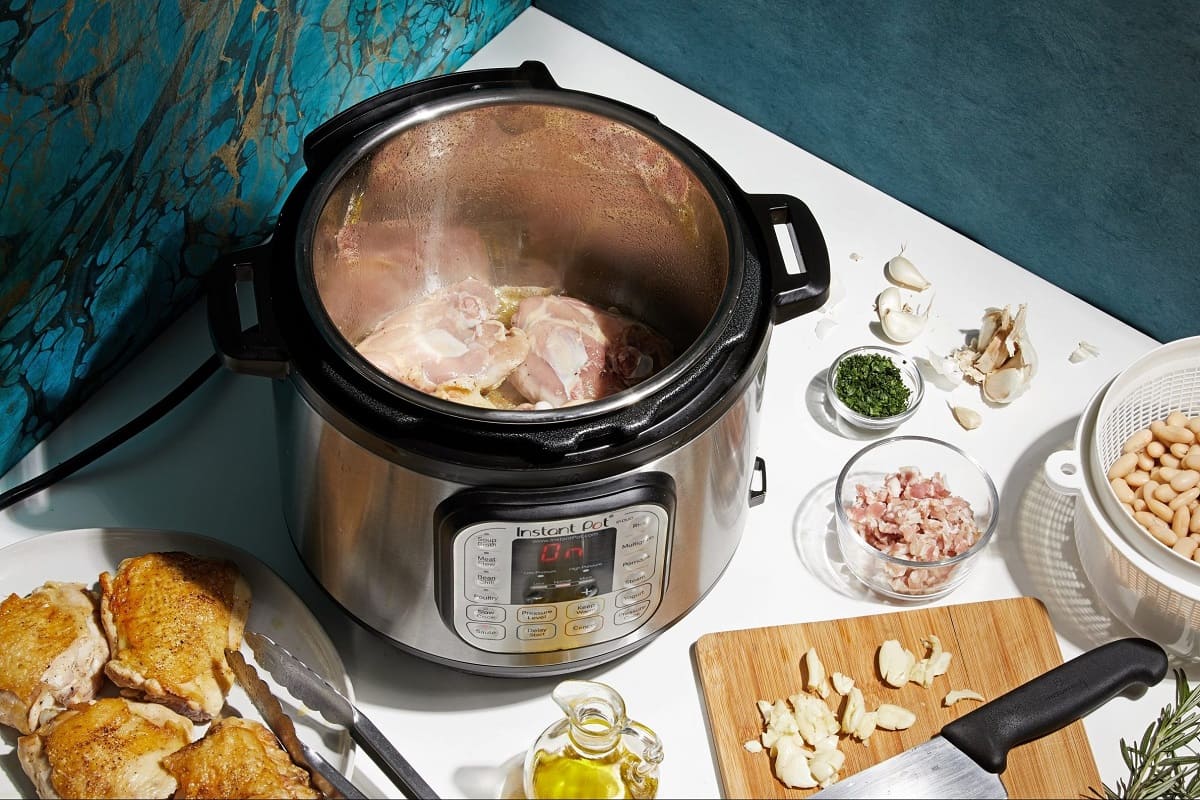

Articles
How To Convert Slow Cooker To Instant Pot
Modified: February 29, 2024
Discover the fastest way to convert your slow cooker to an Instant Pot with our informative articles. Unlock the secrets to effortless and efficient cooking now!
(Many of the links in this article redirect to a specific reviewed product. Your purchase of these products through affiliate links helps to generate commission for Storables.com, at no extra cost. Learn more)
Introduction
Slow cookers and Instant Pots have revolutionized the way we cook, making it easier and more convenient to prepare delicious meals. While they both serve the purpose of cooking food at a low, steady temperature, there are distinct differences between the two appliances. However, what if you could combine the best of both worlds? This article will delve into the similarities and differences between slow cookers and Instant Pots, and provide you with a step-by-step guide on how to convert your slow cooker into an Instant Pot.
Slow cookers, also known as crockpots, have been a staple in kitchens for decades. They allow you to toss ingredients into a pot, set the temperature, and let the meal cook for several hours, resulting in tender and flavorful dishes. On the other hand, Instant Pots are a newer addition to the culinary world, offering a variety of cooking functions including pressure cooking, sautéing, and even yogurt making. They are designed to cook food faster than traditional methods, making it possible to whip up a meal in a fraction of the time.
Despite their differences, slow cookers and Instant Pots share some similarities. Both appliances are versatile and can be used to prepare a wide range of dishes, from hearty stews to tender roasts. They also provide a convenient way to cook meals, as they allow you to set and forget, freeing up your time to focus on other tasks. Additionally, both slow cookers and Instant Pots are designed to retain moisture and flavor within the cooking vessel, resulting in delectable and succulent meals.
However, there are distinct advantages to converting your slow cooker into an Instant Pot. Firstly, Instant Pots offer a wider range of cooking options, including pressure cooking, which can drastically reduce cooking times. This is especially beneficial for busy individuals or those who want to spend less time in the kitchen. Secondly, Instant Pots come with built-in safety features, such as a locking lid and pressure release valve, making them safer to use than traditional slow cookers. Lastly, converting your slow cooker to an Instant Pot can save you money, as you won’t have to invest in a separate appliance.
Converting your slow cooker to an Instant Pot is a relatively simple process, and you don’t need any specialized skills or tools. In the next section, we will provide you with a step-by-step guide on how to convert your slow cooker into an Instant Pot, so you can start enjoying the benefits of both appliances in one.
Key Takeaways:
- Converting a slow cooker to an Instant Pot offers faster cooking times, enhanced control, and a wider range of cooking techniques, providing convenience and versatility in the kitchen.
- By following a simple step-by-step guide and experimenting with new recipes, you can successfully convert your slow cooker into an Instant Pot, unlocking a world of culinary possibilities without the need for an additional appliance.
Read more: How To Use Instant Pot For Slow Cooker
Similarities between Slow Cooker and Instant Pot
While slow cookers and Instant Pots have distinct differences, they also share several similarities that make them valuable additions to any kitchen. Understanding these similarities can help you appreciate why converting a slow cooker to an Instant Pot can be a practical choice.
1. Versatility: Both slow cookers and Instant Pots offer a wide range of cooking functions, allowing you to prepare various types of meals. Whether you’re making soups, stews, roasts, or even desserts, both appliances can handle the job.
2. Ease of Use: Both slow cookers and Instant Pots are designed to be user-friendly. They feature intuitive controls and easy-to-read displays, making it simple to set the desired cooking time and temperature. Once your ingredients are in the pot, you can just let it do the work while you go about your day.
3. Tender, Flavorful Results: Both appliances excel at producing tender and flavorful meals. The slow, gentle cooking process of a slow cooker helps to break down tough cuts of meat and infuse flavors into the dish. Instant Pots, on the other hand, utilize pressure cooking to achieve similar results in a shorter amount of time.
4. Time-saving Convenience: Both slow cookers and Instant Pots allow you to save time in the kitchen. With a slow cooker, you can prepare ingredients in the morning, set it to cook all day, and come home to a fully cooked meal. Similarly, an Instant Pot can significantly cut down on cooking times, making it ideal for those who are short on time but still crave a homemade meal.
5. Retains Moisture: Both appliances are designed to seal in moisture, resulting in juicy and flavorful dishes. Slow cookers have tightly-fitting lids that trap steam, while Instant Pots utilize a pressure cooking mechanism to keep moisture locked inside the pot. As a result, your food stays moist and tender throughout the cooking process.
6. Set-and-Forget Cooking: Another shared benefit of slow cookers and Instant Pots is the ability to set and forget your meal. Once you’ve added the ingredients and set the desired cooking time, you can leave the appliance unattended, allowing you to focus on other tasks or even leave the house.
By recognizing these similarities, you can see why both slow cookers and Instant Pots are popular choices for home cooks. However, if you want to enjoy the added functionalities of an Instant Pot without purchasing a new appliance, converting your slow cooker is a smart solution. In the next section, we will explore the major differences between the two appliances to better understand the advantages of converting your slow cooker to an Instant Pot.
Differences between Slow Cooker and Instant Pot
While slow cookers and Instant Pots share some similarities, there are notable differences between the two appliances that can influence your cooking experience. Understanding these differences can help you decide if converting your slow cooker to an Instant Pot is the right choice for you.
1. Cooking Methods: The primary difference between a slow cooker and an Instant Pot is the cooking method. Slow cookers utilize low, steady heat to slowly cook food over a longer period of time, resulting in tender and flavorful dishes. On the other hand, Instant Pots offer various cooking methods, including pressure cooking, sautéing, and even yogurt making. This versatility provides more cooking options and allows for faster cooking times.
2. Cooking Speed: Slow cookers are designed for long, slow cooking, which can take several hours or even overnight. This extended cooking time allows flavors to develop and tough cuts of meat to become tender. On the contrary, Instant Pots use pressure cooking to expedite the cooking process, reducing the cooking time significantly. This makes them ideal for those who need a quick meal but still want to enjoy the benefits of slow cooking.
3. Temperature Control: Slow cookers typically have limited temperature control options, usually consisting of “low,” “high,” and sometimes a “keep warm” setting. Instant Pots, however, offer precise temperature controls, allowing you to adjust the heat to meet your specific cooking needs. This greater control over temperature can be advantageous when preparing delicate dishes or following specific recipes.
4. Safety Features: Instant Pots come with built-in safety features, such as a locking lid and pressure release valve. These safety measures help prevent accidental spills or burns and ensure a secure cooking environment. Slow cookers, while generally safe to use, may not offer the same level of safety features as Instant Pots.
5. Size and Capacity: Slow cookers typically come in larger sizes, ranging from 4 to 8 quarts, making them ideal for cooking larger quantities of food or feeding a crowd. Instant Pots, on the other hand, come in various sizes, but many models offer a 6-quart capacity, which is suitable for most households. The smaller size of Instant Pots can be advantageous for those with limited kitchen space or smaller families.
6. Cooking Techniques: With its pressure cooking function, an Instant Pot can achieve results that may be challenging to replicate in a slow cooker. The high pressure and confined environment of an Instant Pot can tenderize meats, cook foods faster, and allow for browning and sautéing. These cooking techniques can add depth and flavor to your dishes and provide a wider range of culinary possibilities.
By understanding these differences, you can make an informed decision on whether to convert your slow cooker to an Instant Pot. The next section will guide you through the step-by-step process of converting your slow cooker and highlight the benefits of doing so.
Benefits of Converting a Slow Cooker to an Instant Pot
Converting a slow cooker to an Instant Pot can offer a range of benefits that enhance your cooking experience and expand your culinary possibilities. Here are some compelling reasons to consider making the switch:
1. Versatility: By converting your slow cooker to an Instant Pot, you gain access to a wider range of cooking functions. Instant Pots offer features like pressure cooking, sautéing, steaming, and even yogurt making. This versatility allows you to experiment with new recipes and techniques that go beyond traditional slow cooker meals.
2. Faster Cooking Times: The pressure cooking feature of an Instant Pot significantly reduces cooking times compared to a slow cooker. This can be a game-changer for busy individuals or those who want to spend less time in the kitchen. Pressure cooking allows you to cook meals in a fraction of the time, without compromising on taste or tenderness.
3. Time and Energy Efficiency: Instant Pots are designed to cook food faster and more efficiently than slow cookers. With shorter cooking times, you can save on energy costs and have more time for other activities. Whether you have a busy schedule or want to enjoy a quick homemade meal after work, the time and energy efficiency of an Instant Pot can make a significant difference.
4. Enhanced Control: Unlike slow cookers, Instant Pots offer precise temperature control, allowing you to adjust the heat according to your specific recipe requirements. This level of control is particularly crucial for delicate dishes that require specific temperature settings. With an Instant Pot, you have greater control over the cooking process, ensuring consistently delicious results.
5. Safety Features: Instant Pots come equipped with various safety features that provide peace of mind while cooking. These features include a locking lid and pressure release valve, which help prevent accidents and ensure a safe cooking environment. Converting your slow cooker to an Instant Pot gives you access to these built-in safety features, making your cooking experience safer and more convenient.
6. Cost Savings: By converting your slow cooker instead of buying a separate Instant Pot, you can save money. Instant Pots tend to be more expensive than slow cookers, and if you already have a slow cooker that is in good working condition, converting it into an Instant Pot allows you to enjoy the benefits of an Instant Pot without the additional cost.
7. Space Efficiency: If you have limited kitchen space, converting your slow cooker to an Instant Pot is an excellent solution. Instant Pots are typically more compact than slow cookers, making them a better fit for smaller kitchens or crowded countertops. This space-saving aspect can be a significant advantage for those who value kitchen organization.
By converting your slow cooker to an Instant Pot, you unlock a world of new cooking possibilities while enjoying the convenience, efficiency, and enhanced control that Instant Pots offer. In the next section, we will guide you through a step-by-step process to successfully convert your slow cooker into an Instant Pot.
When converting a slow cooker recipe to an Instant Pot, reduce the cooking time by about 70% and use at least 1 cup of liquid to ensure proper pressure build-up.
Step-by-Step Guide on Converting a Slow Cooker to an Instant Pot
Converting your slow cooker into an Instant Pot is a straightforward process that requires minimal effort and no special tools. Follow this step-by-step guide to transform your slow cooker into a versatile Instant Pot:
1. Assess Your Slow Cooker: Start by checking the condition of your slow cooker. Ensure that it is in good working order, with no damage to the heating element or control settings.
2. Understand the Functionality: Familiarize yourself with the functions and features of an Instant Pot. Read the user manual or watch tutorial videos to understand how to use the different cooking modes, pressure release valve, and locking lid.
3. Identifying the Required Features: Consider the features you want to replicate from an Instant Pot on your slow cooker. The most common feature to aim for is pressure cooking, as it provides faster cooking times and tender results. Note any additional features you may want to emulate, such as sautéing or steaming.
4. Purchase Additional Accessories (if necessary): Depending on your slow cooker model, you may need to purchase additional accessories to mimic the functionalities of an Instant Pot. For example, a separate pressure cooking lid or a trivet for steaming. Make sure to choose accessories that are compatible with your slow cooker.
5. Temporarily Remove Slow Cooker Lid: If your slow cooker has a locking mechanism on the lid, temporarily remove the lid to ensure it doesn’t hinder the conversion process. You can replace it later once the conversion is complete.
6. Install Pressure Cooking Lid or Accessory: If you want to replicate the pressure cooking function of an Instant Pot, install the pressure cooking lid or accessory on your slow cooker. Ensure it fits securely and forms a tight seal to maintain the necessary pressure during cooking.
7. Test the Conversion: Fill your slow cooker with water and set it to the pressure cooking mode, following the instructions provided with your pressure cooking lid or accessory. Test the conversion by bringing the water to a boil and maintaining pressure for a few minutes. This will ensure that the converted slow cooker can handle the increased pressure and temperature of pressure cooking.
8. Use with Caution: Once you’ve confirmed successful conversion, you can begin using your converted slow cooker as an Instant Pot. However, exercise caution and read the new instructions for using the pressure cooking mode. Familiarize yourself with the pressure release valve and safety precautions to ensure safe operation.
9. Experiment and Enjoy: Now that your slow cooker is converted into an Instant Pot, take advantage of the expanded cooking capabilities and try new recipes. Take inspiration from Instant Pot recipes by adapting them to your converted slow cooker. Whether it’s quick and tender meats or flavorful soups, the possibilities are endless.
By following these steps, you can effectively transform your slow cooker into an Instant Pot, opening up a world of new cooking possibilities without the need for an additional appliance. Remember to always prioritize safety and be cautious when using the pressure cooking mode.
Read more: How To Use The Instant Pot As A Slow Cooker
Tips for Successful Conversion
Converting your slow cooker into an Instant Pot can be a game-changer in your kitchen. To ensure a smooth and successful conversion, consider these helpful tips:
1. Research and Compatibility: Before starting the conversion process, conduct research on your specific slow cooker model. Check if there are any known modifications or accessories available for conversion. Ensure that the accessories or modifications you choose are compatible with your slow cooker.
2. Temperature and Time Adjustments: Understand that the cooking times and temperature settings may differ between a slow cooker and an Instant Pot. You may need to make adjustments to your cooking techniques and recipes to account for the differences. Follow recipe guidelines and experiment to find the perfect cooking times and temperatures to get optimal results from your converted slow cooker.
3. Gradual Transition: Ease into the conversion process by gradually introducing the Instant Pot functionalities. Start with one feature, such as pressure cooking, and become comfortable using it before trying additional functions. This gradual transition allows you to get accustomed to the new cooking methods at a manageable pace.
4. Practice with Water: Before attempting to cook a full meal, practice using water in your converted slow cooker. Fill the pot with water and run through the cooking cycles to familiarize yourself with the pressure release valve, locking lid, and pressure cooking operation. This practice will help build confidence in using your converted appliance and ensure that everything is functioning correctly.
5. Adapt Recipes: Modify your favorite slow cooker recipes or find Instant Pot recipes, and adapt them for your converted slow cooker. Adjust cooking times, ingredient quantities, and techniques as needed. Be open to experimentation and take note of any modifications you make for future reference.
6. Safety Precautions: While converting your slow cooker to an Instant Pot, pay close attention to safety precautions. Confirm that all the conversion components, such as the pressure cooking lid or accessory, fit securely and form a tight seal. Follow the safety guidelines for using the pressure cooking mode, including proper handling of the pressure release valve and lid locking mechanism.
7. Read the User Manual: If you purchase additional accessories or modifications for your slow cooker, read the user manual carefully. Understand how to install and use these accessories correctly to ensure safe and efficient operation.
8. Adapt Slow Cooker Recipes: Remember that your converted slow cooker can still function as a slow cooker. Utilize your tried and tested slow cooker recipes by adjusting the cooking times and settings. This way, you can continue to enjoy the classic slow-cooked flavors while also having the versatility of an Instant Pot.
9. Practice Patience: Converting your slow cooker to an Instant Pot might involve a learning curve. It may take time to adjust to the new cooking methods and to find the ideal settings for different recipes. Practice patience and keep experimenting to discover the full potential of your converted appliance.
By following these tips, you can ensure a successful and enjoyable conversion of your slow cooker to an Instant Pot. Embrace the versatility and expanded cooking options, and let your creativity soar in the kitchen.
Recipes to Try with Your Converted Slow Cooker Instant Pot
Now that you have successfully converted your slow cooker into an Instant Pot, it’s time to explore the exciting world of recipes you can create with your newly versatile appliance. Here are a few delicious recipes to try:
1. Pressure Cooker Beef Stew: Take advantage of the pressure cooking function of your converted Instant Pot by making a hearty beef stew. Brown the beef using the sauté function, then pressure cook it with vegetables, herbs, and broth. In a fraction of the time it would take in a slow cooker, you’ll have a tender and flavorful stew ready to enjoy.
2. Salsa Chicken Tacos: Make tender and shreddable chicken for your tacos by using the pressure cooking mode in your converted Instant Pot. Simply place boneless chicken breasts in the pot, top with salsa, and cook under pressure. Once done, shred the chicken and use it as a delicious filling for tacos, burritos, or quesadillas.
3. Coconut Curry Lentil Soup: Enjoy a flavorful and comforting lentil soup by utilizing the sauté function of your converted Instant Pot. Sauté onions, garlic, and spices, then add lentils, coconut milk, and broth. Pressure cook the soup until the lentils are tender, resulting in a rich and satisfying meal.
4. Honey Garlic Pork Chops: Achieve tender and succulent pork chops by using the pressure cooking feature of your converted Instant Pot. Sear the pork chops on the sauté mode, then pressure cook them with a honey garlic sauce. The result will be perfectly cooked, flavor-packed pork chops that are sure to impress.
5. Steamed Fish with Vegetables: Take advantage of the steaming function of your converted Instant Pot to create a healthy and delicious meal. Place seasoned fish fillets on a trivet inside the pot, add vegetables of your choice, and steam until the fish is cooked through and the vegetables are tender-crisp. Serve with a squeeze of lemon for a light and satisfying dish.
6. Homemade Yogurt: If your Instant Pot conversion includes a yogurt-making function, why not try making your own yogurt at home? Heat milk in the pot, cool it down, and then add yogurt culture. Set the Instant Pot to the yogurt function and let it incubate. After a few hours, you’ll have homemade yogurt that is creamy and packed with probiotics.
Remember to adapt these recipes to suit your converted Instant Pot, making any necessary adjustments in cooking times and settings. Additionally, don’t be afraid to experiment and create your own recipes using the various functions of your newly converted appliance.
With your converted slow cooker Instant Pot, the possibilities are endless. From quick and flavorful meals to tender and succulent meats, your kitchen adventures are sure to be elevated. Enjoy the convenience and versatility of your converted appliance as you dive into these delicious recipes!
Conclusion
Converting a slow cooker to an Instant Pot opens up a world of possibilities in your kitchen. By combining the convenience and ease of use of a slow cooker with the added functionalities and faster cooking times of an Instant Pot, you can elevate your cooking experience to new heights. Throughout this article, we explored the similarities and differences between slow cookers and Instant Pots, as well as the benefits of converting your slow cooker to an Instant Pot.
We learned that both appliances offer versatility, convenience, and the ability to cook tender and flavorful meals. However, an Instant Pot provides additional benefits such as faster cooking times, precise temperature control, built-in safety features, and a wider range of cooking techniques. By converting your slow cooker to an Instant Pot, you can enjoy these advantages without the need for an extra appliance.
We provided you with a step-by-step guide on how to convert your slow cooker into an Instant Pot, along with tips for a successful conversion. Understanding the functionality, adapting recipes, and practicing caution and patience are crucial for achieving the best results. We also shared some delicious recipes to try with your converted slow cooker Instant Pot, showcasing the versatility and expanded cooking possibilities that await you.
In conclusion, converting your slow cooker to an Instant Pot is a simple yet transformative process that allows you to enjoy the benefits of both appliances. Whether you’re a busy professional looking for quick and delicious meals or a cooking enthusiast wanting to explore new techniques, the converted slow cooker Instant Pot offers a convenient and efficient solution. So, dust off that slow cooker sitting in your kitchen cabinet, follow the steps, and unlock a world of culinary possibilities with your newly converted Instant Pot.
Frequently Asked Questions about How To Convert Slow Cooker To Instant Pot
Was this page helpful?
At Storables.com, we guarantee accurate and reliable information. Our content, validated by Expert Board Contributors, is crafted following stringent Editorial Policies. We're committed to providing you with well-researched, expert-backed insights for all your informational needs.
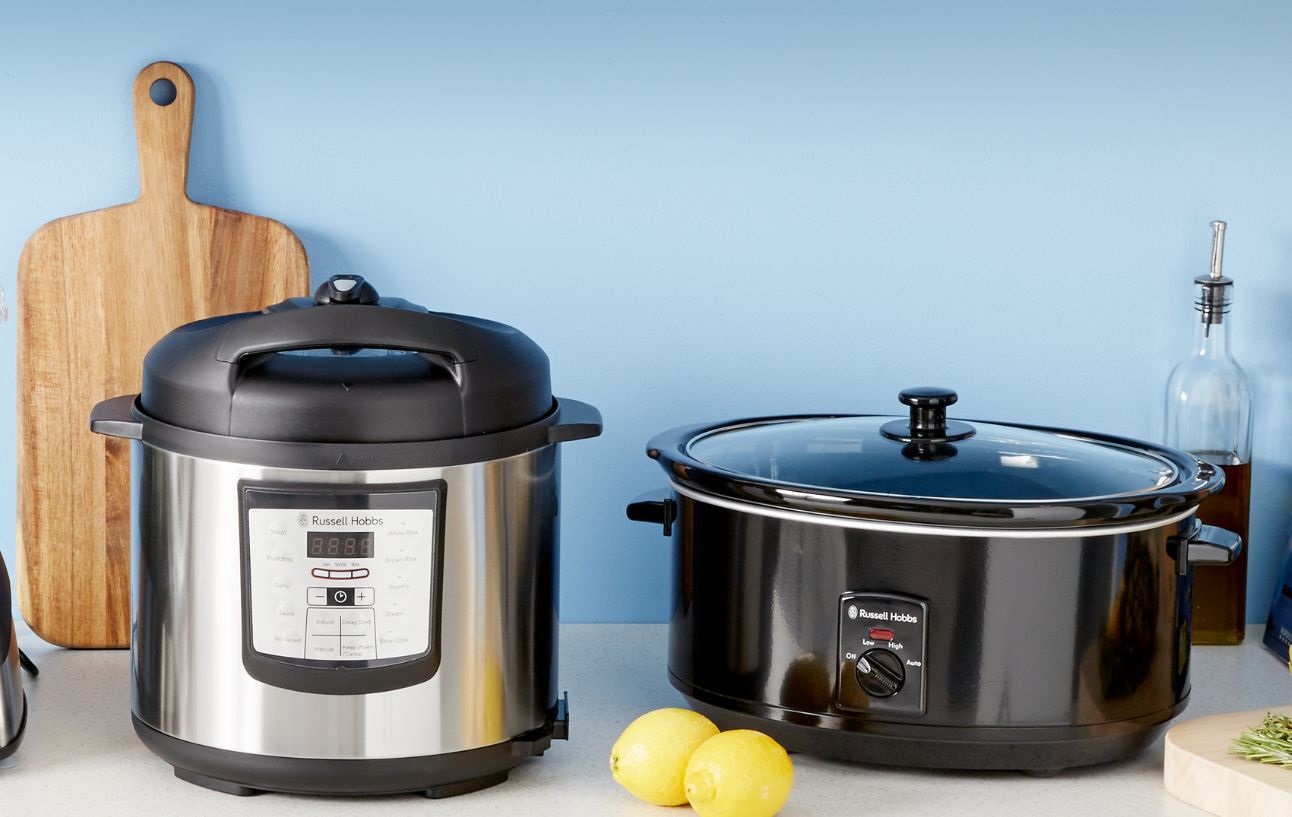
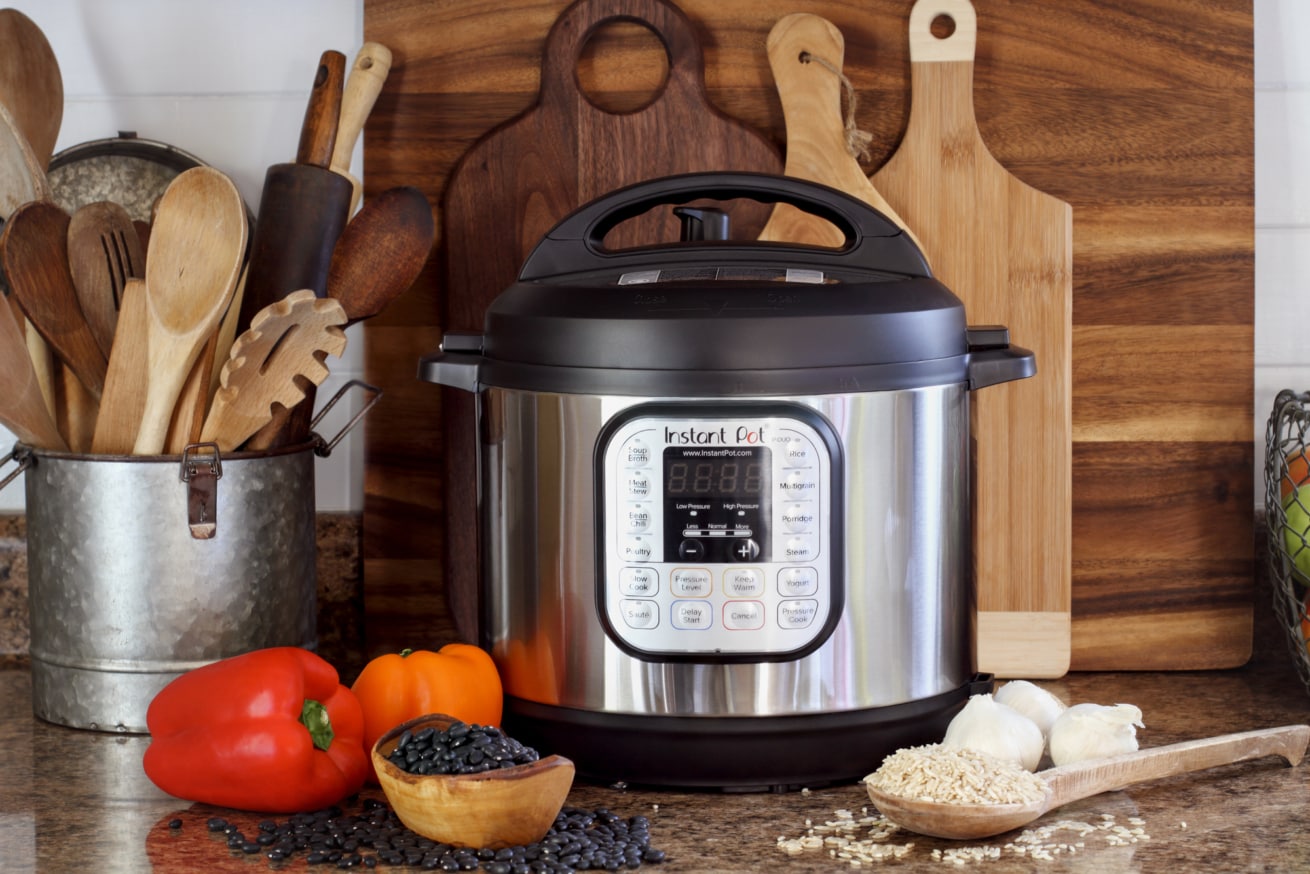
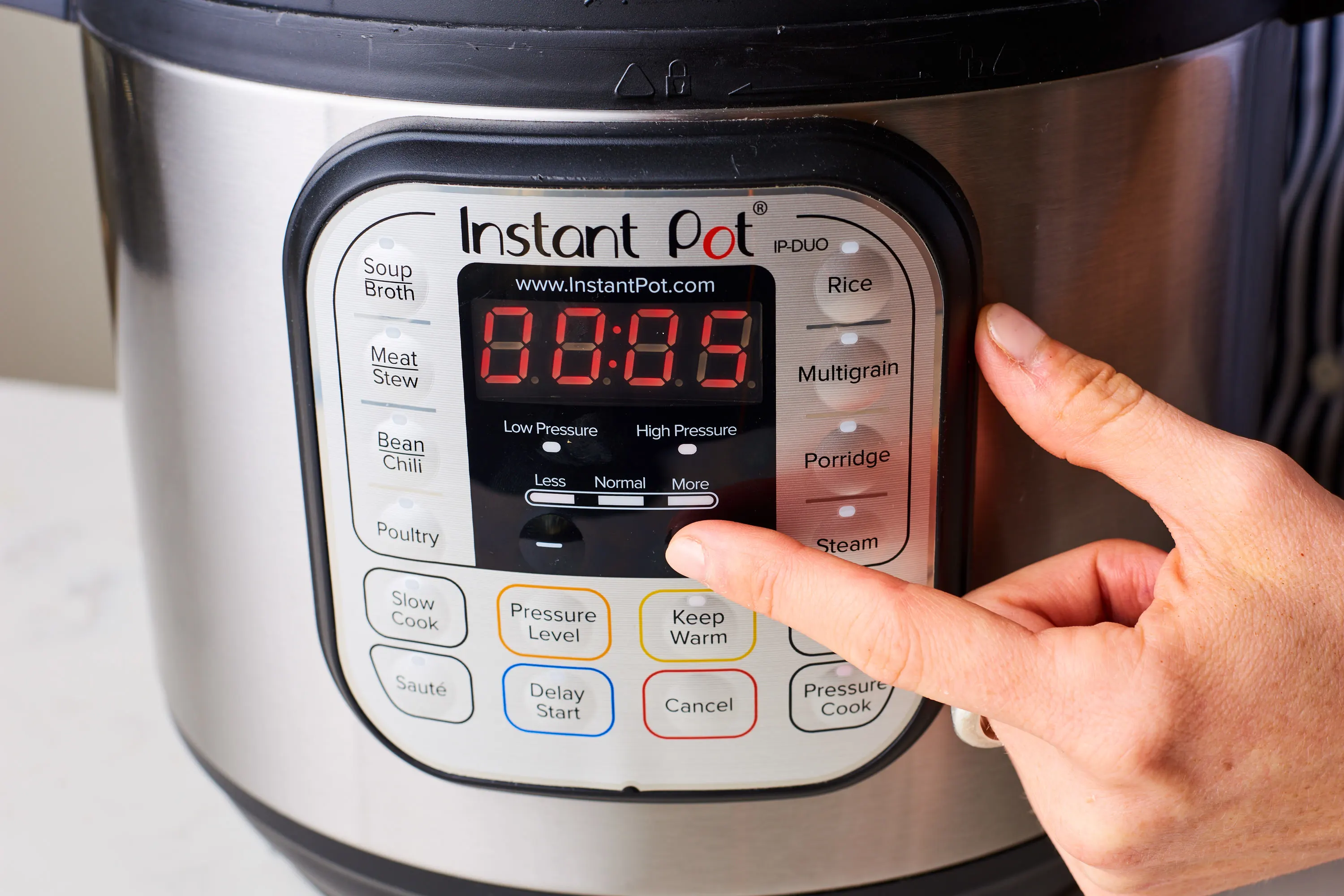
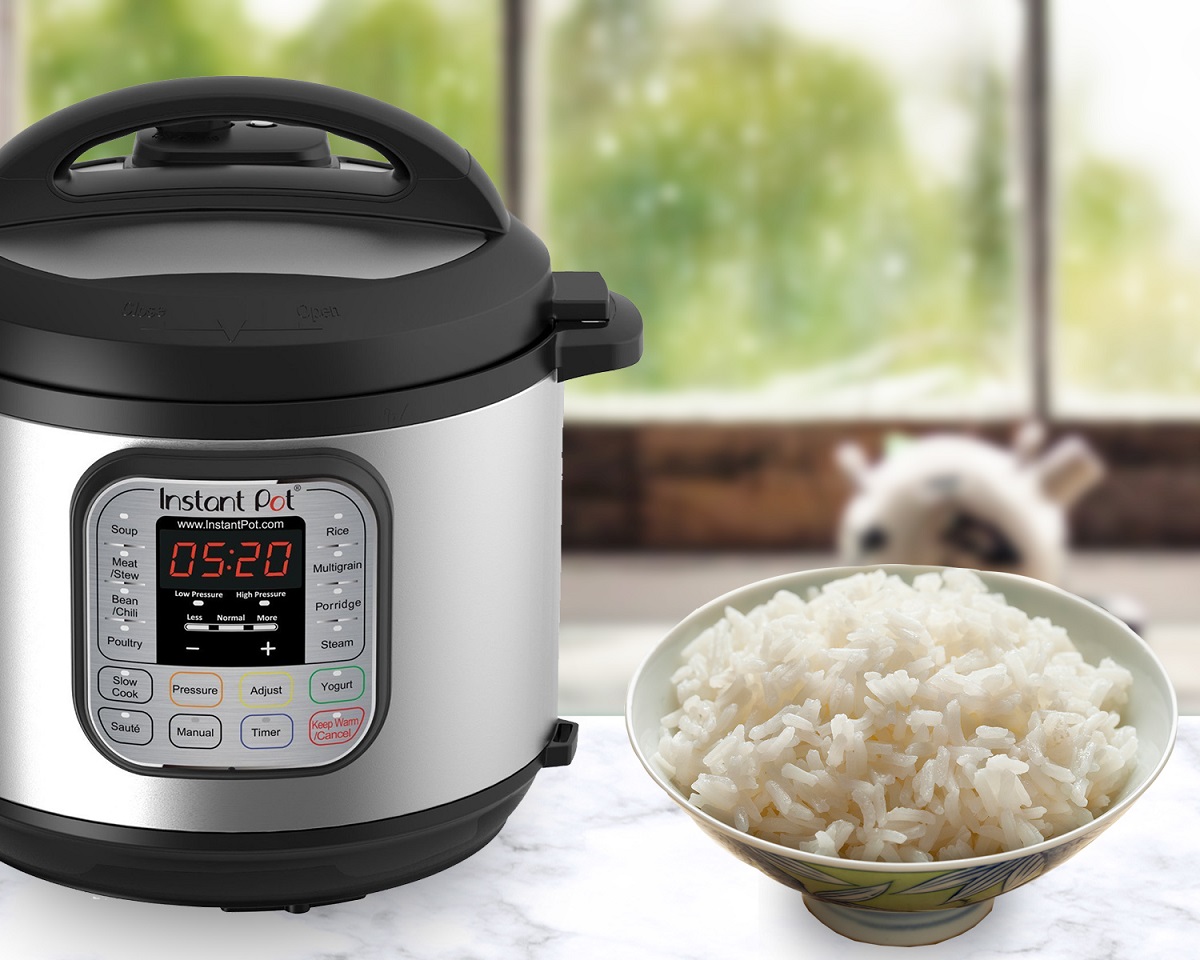
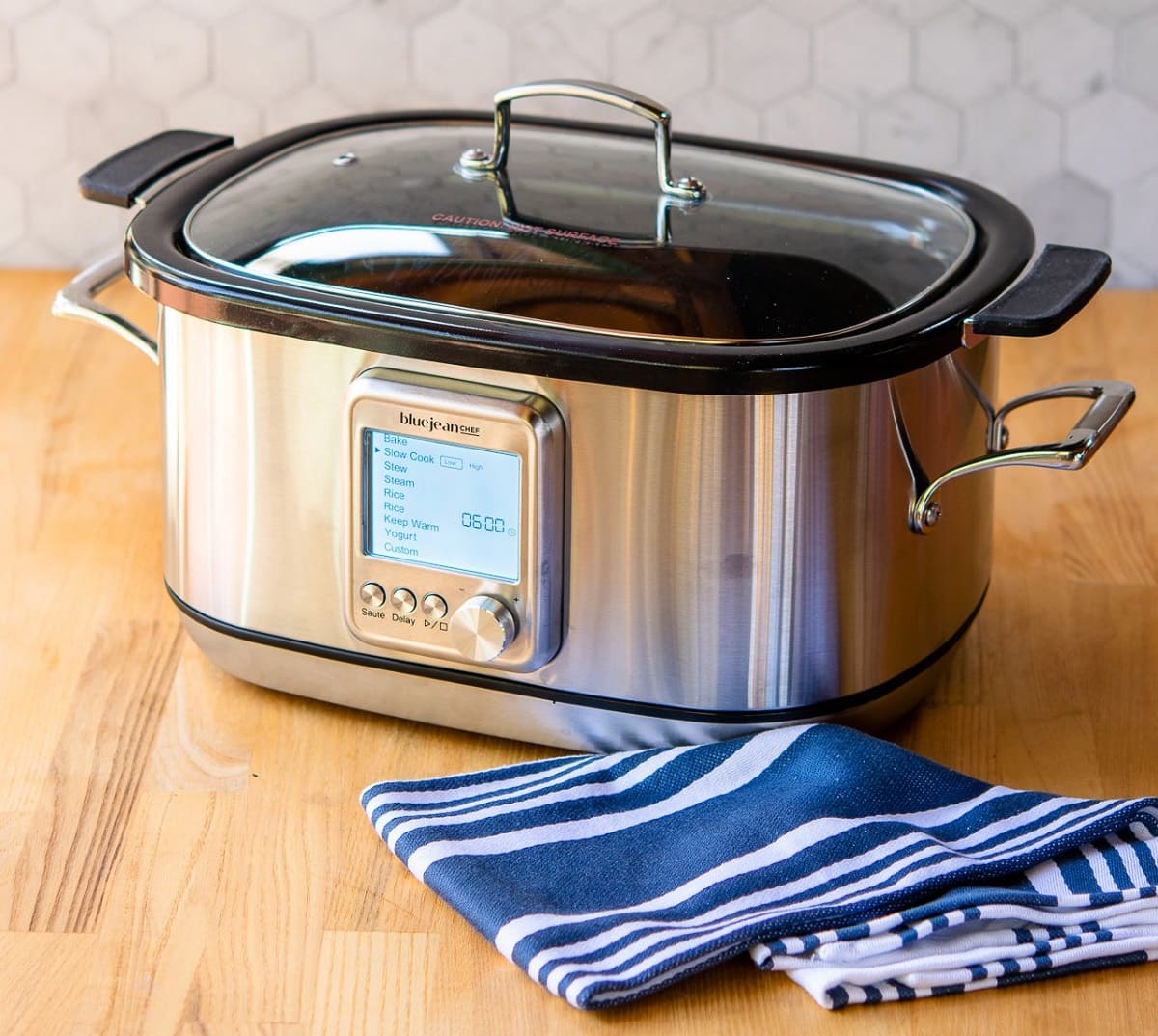

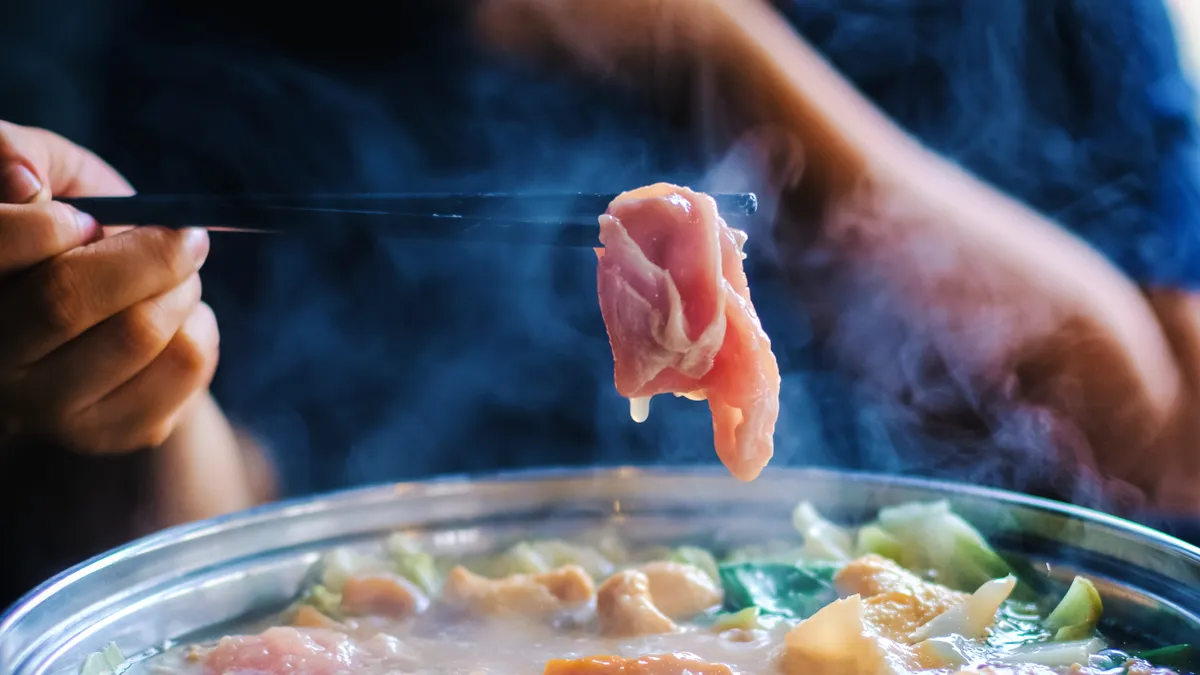
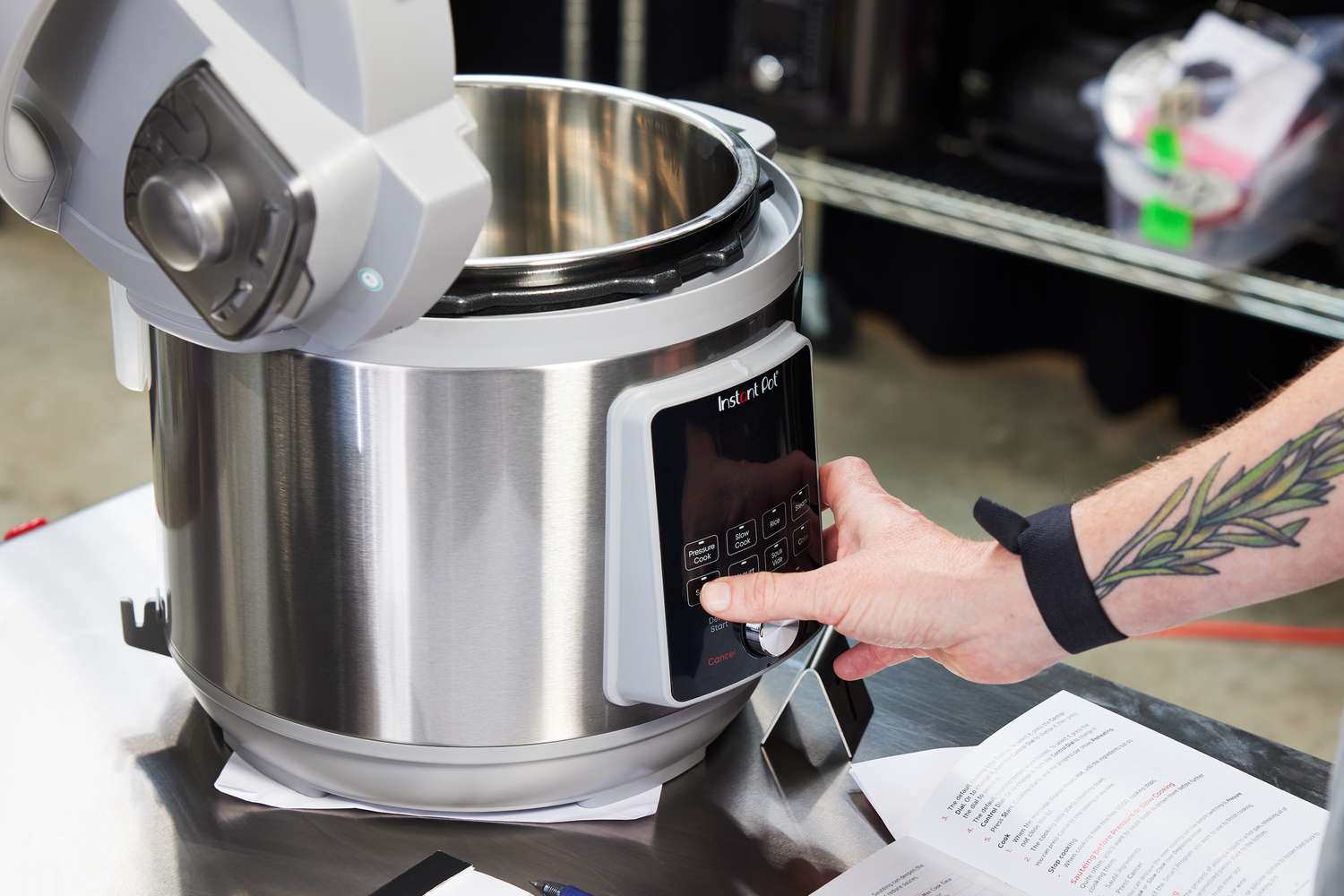
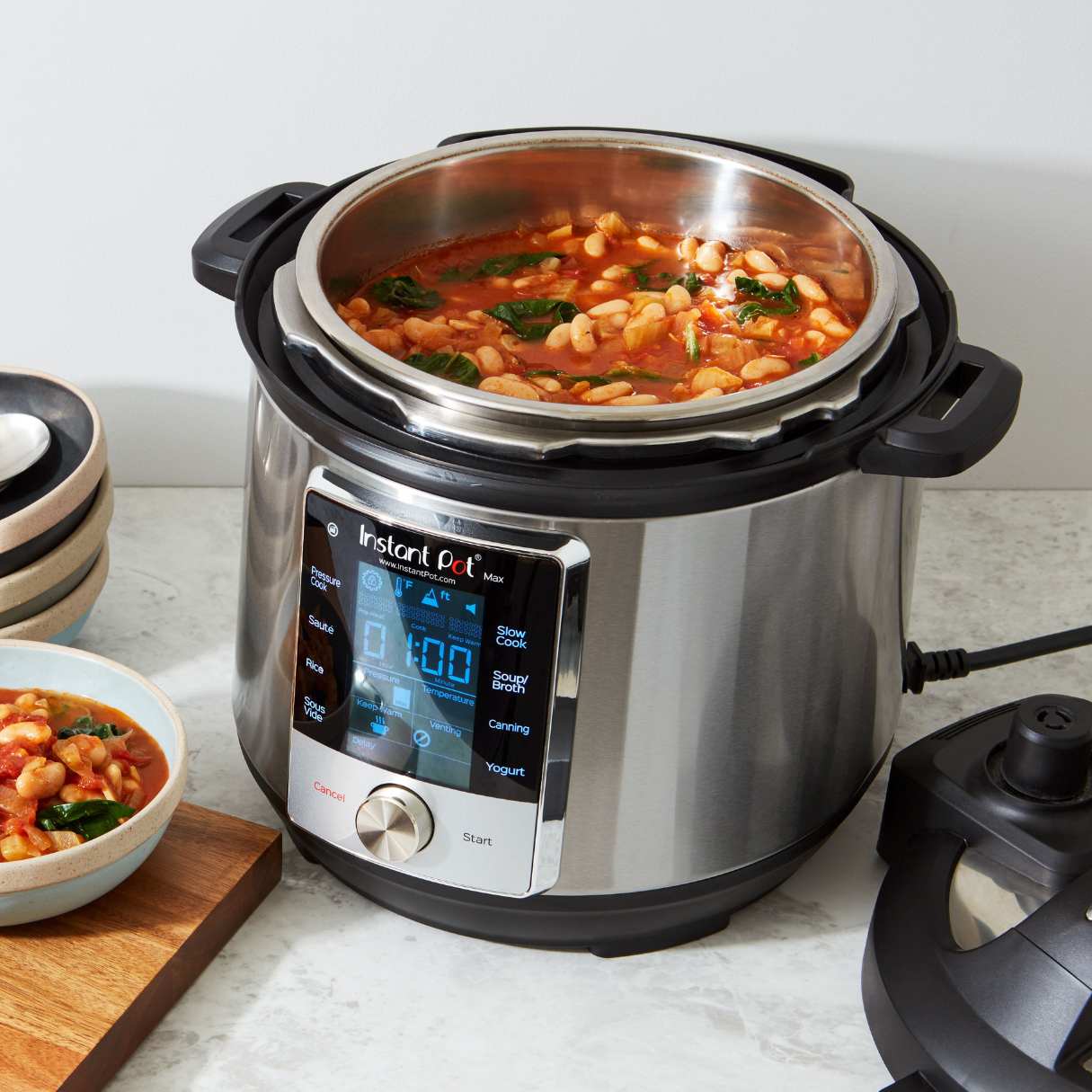
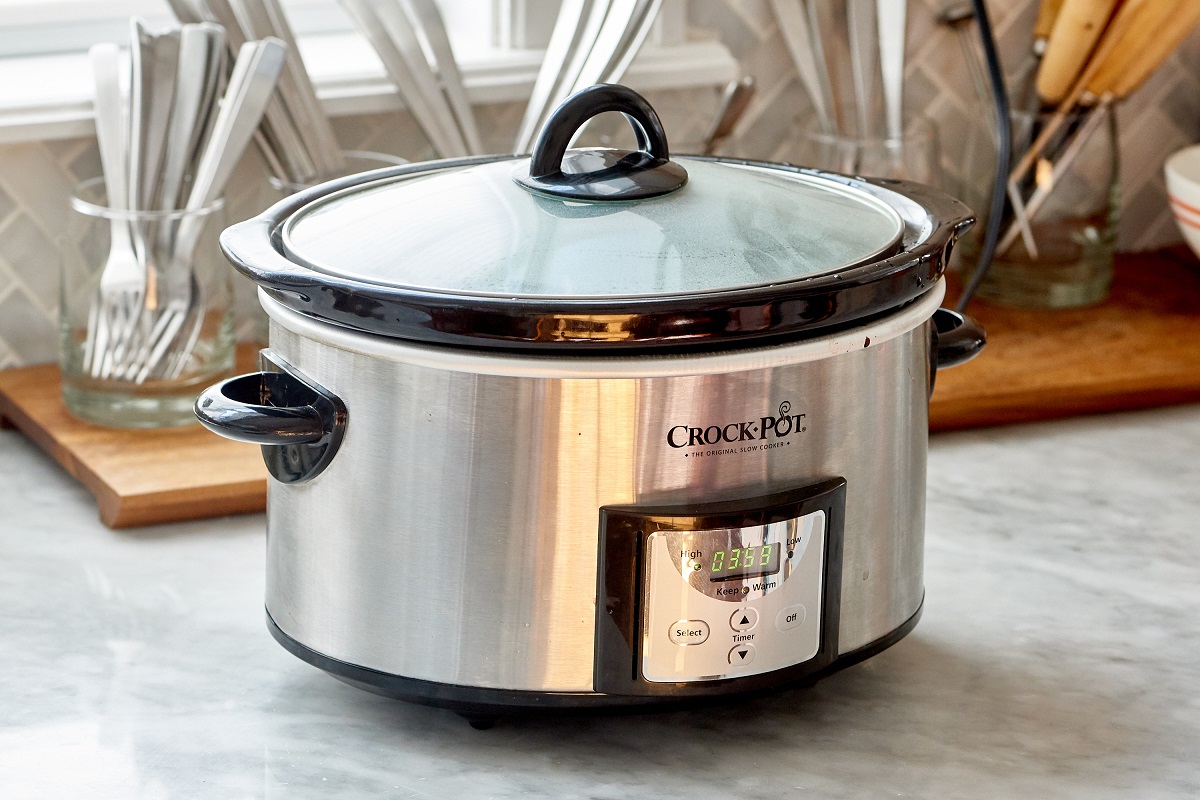
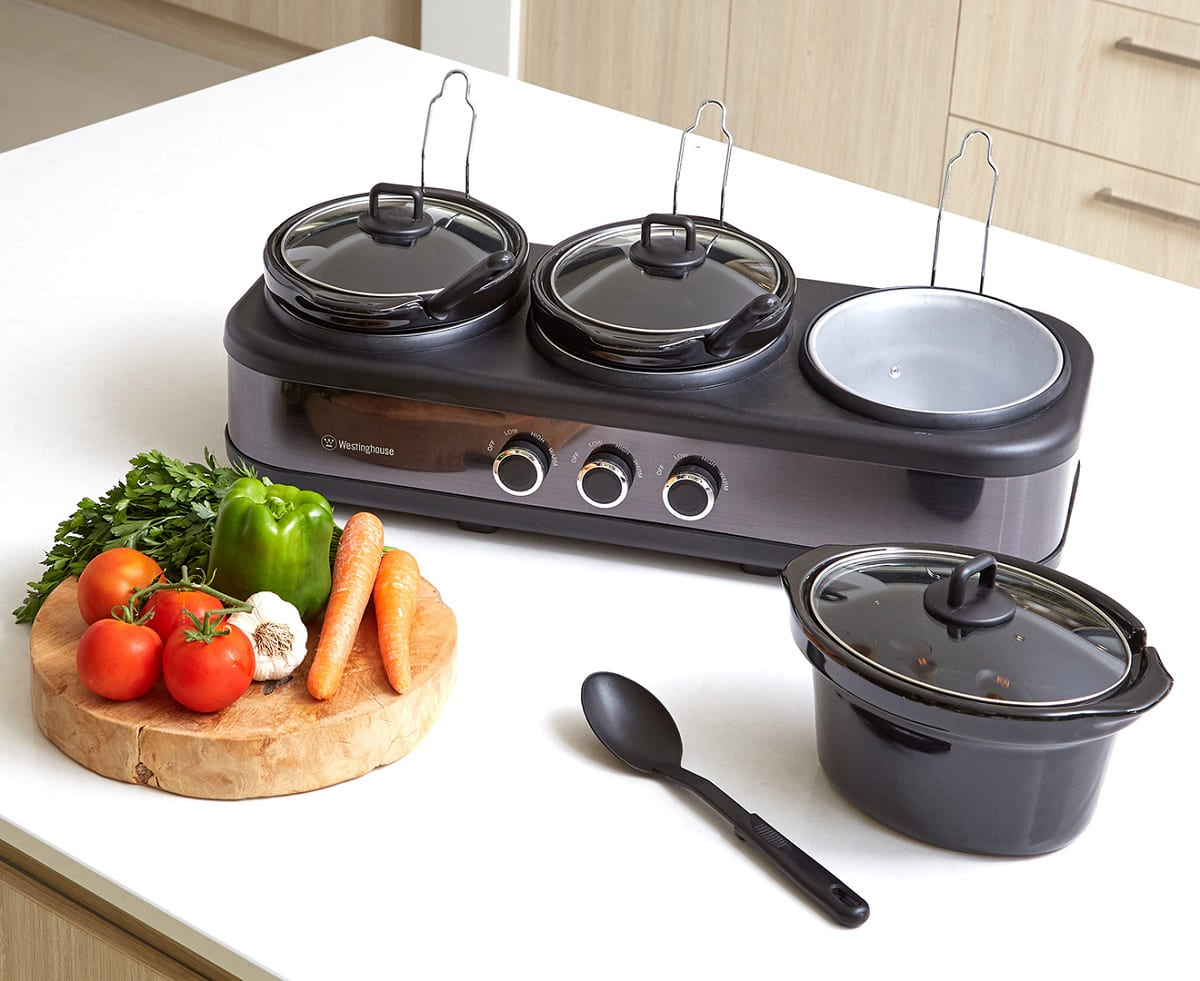
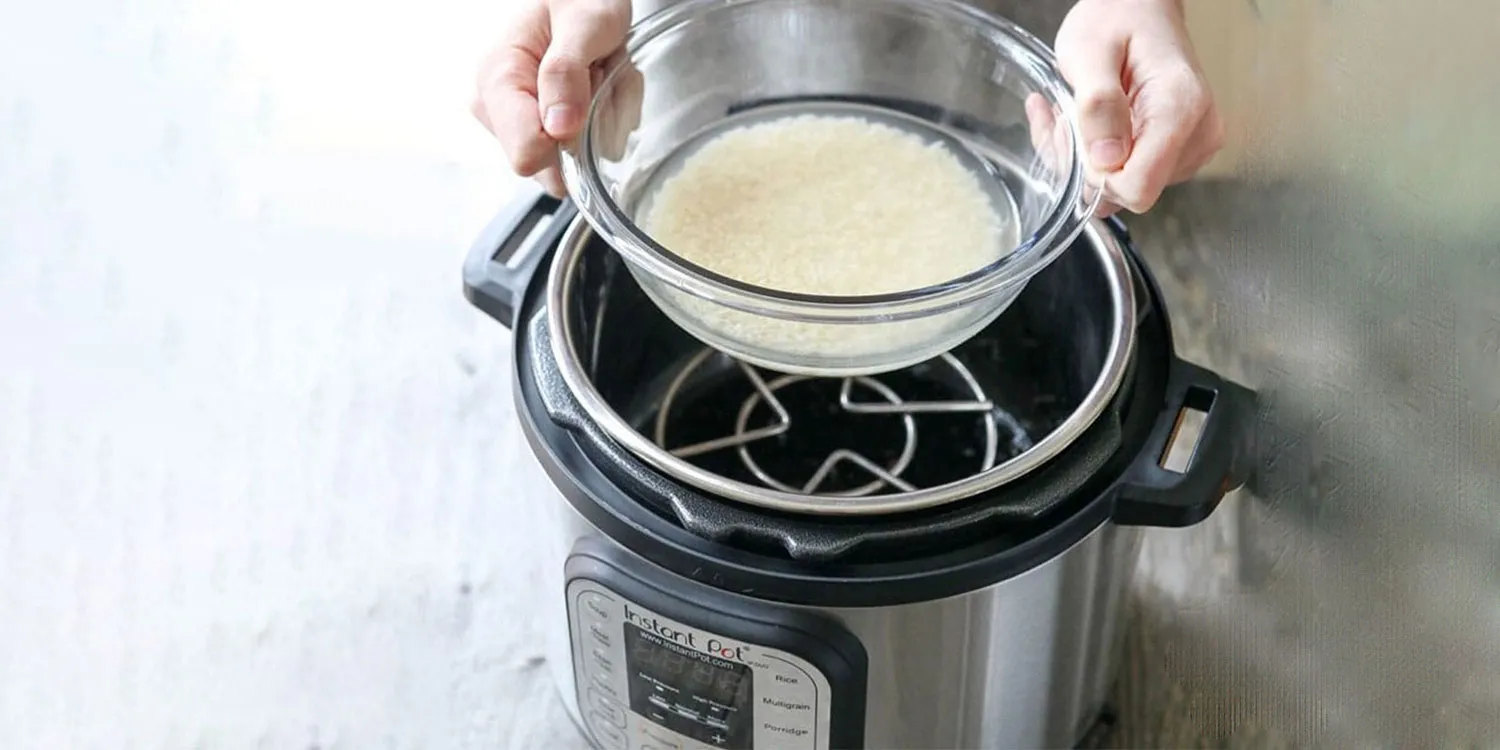
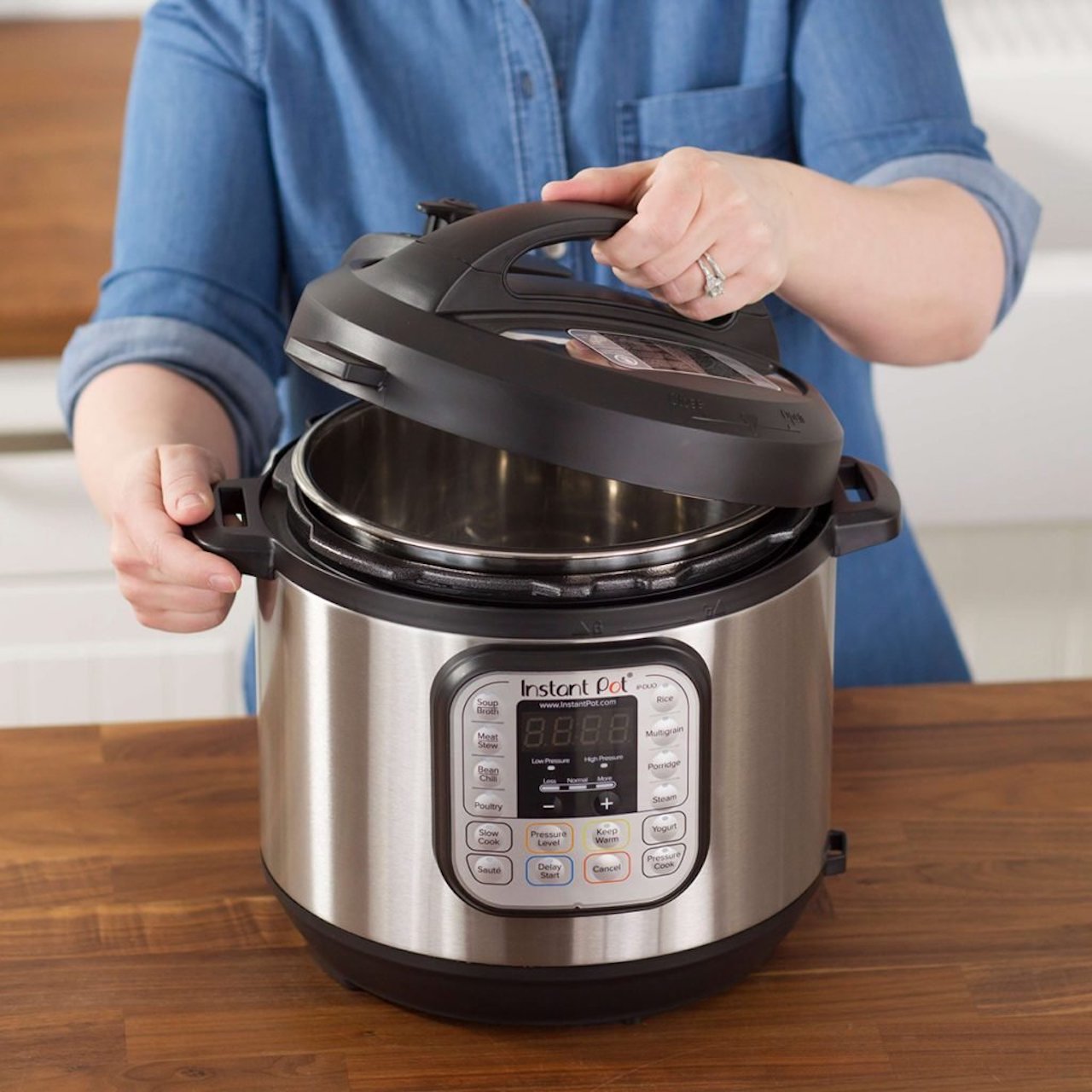
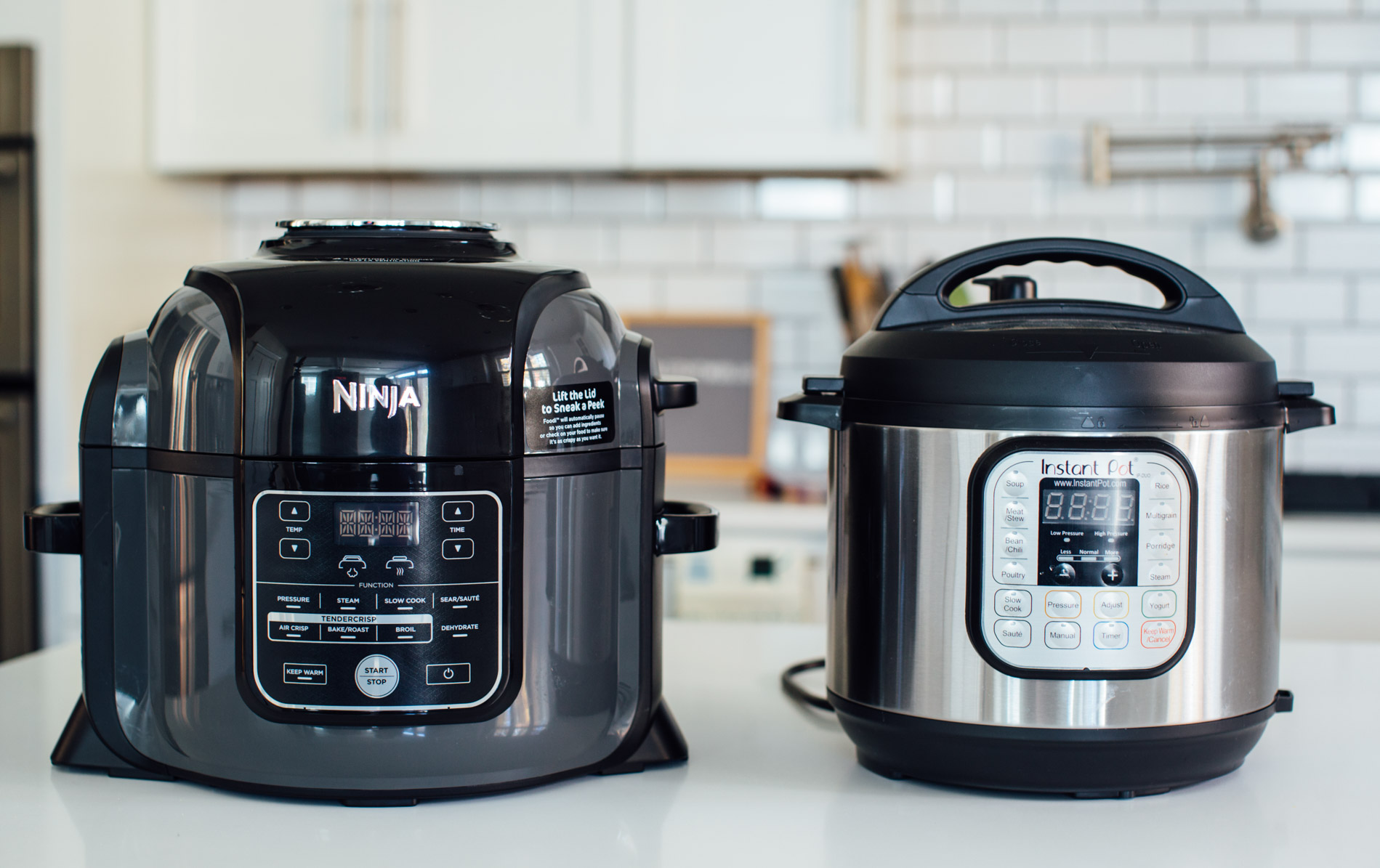

0 thoughts on “How To Convert Slow Cooker To Instant Pot”